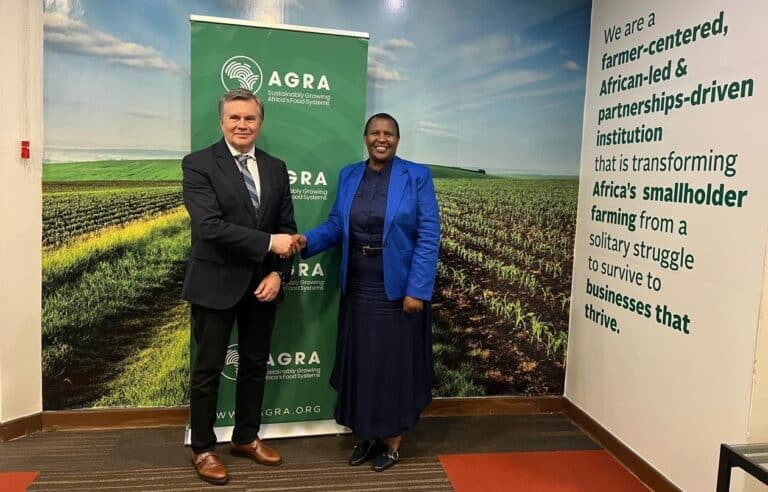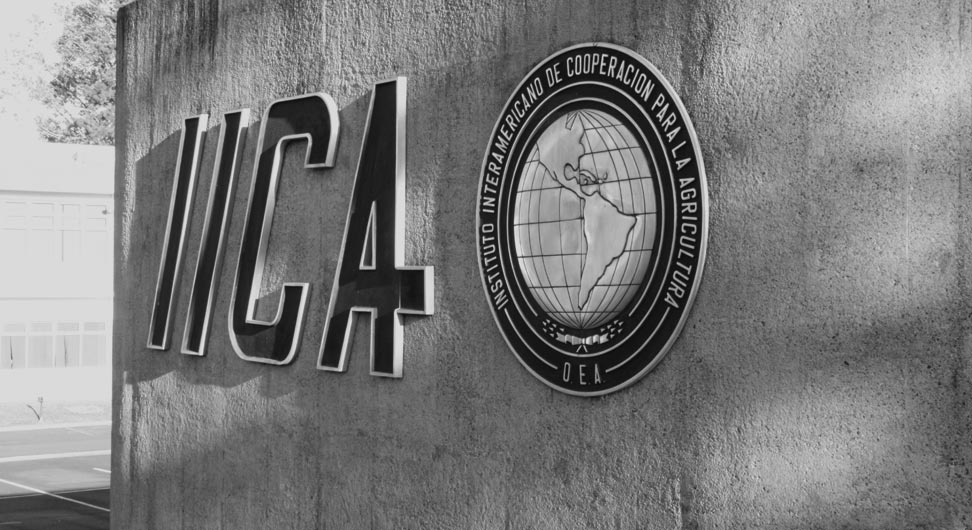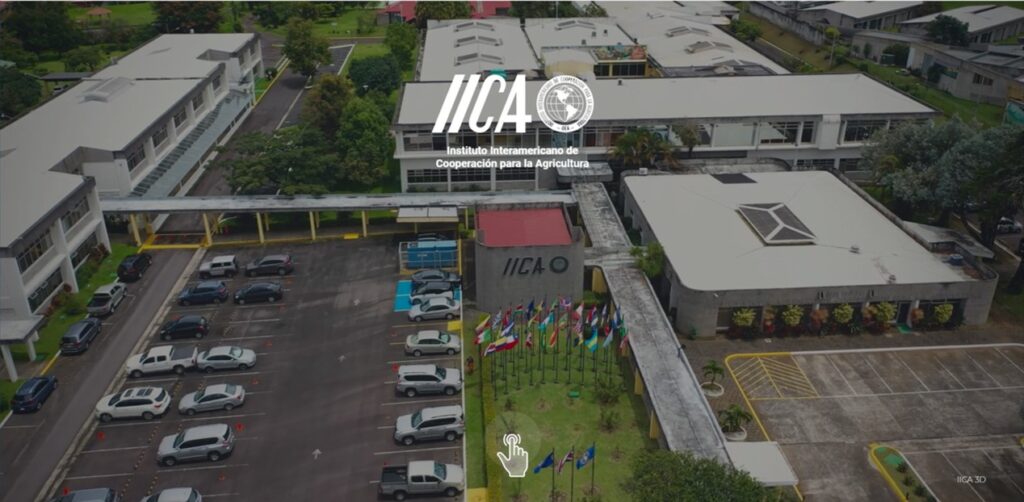This forms part of an ongoing technical cooperation support provided by IICA to the Ministry of Agriculture, Land and Fisheries in building capacity for agriculture risk management and disaster response.

Port of Spain, 6 July 2020 (IICA). The Ministry of Agriculture, Land and Marine Resources (MALF); of Extension, Training and Information Services (ETIS) and IICA compiled relevant information into a four-poster set on preparing for and recovering from floods. It was developed to inform and share preventative and safety tips to help crop and livestock farmers take actions that can reduce their vulnerability.
The MALF requested the Inter-American Institute for Cooperation on Agriculture (IICA) for technical support to help develop a plan and strengthen institutional response capacity.
The impacts of the continuing COVID-19 pandemic are not the only challenges that local farmers face in 2020. The 2020 hurricane and rainy season has started fairly early, and with it comes memories of severe floods that caused significant damage and loss to the farm sector in 2017 and 2018.
In 2019, based on a request from the MALF, IICA together with the Food and Agriculture Organization of the United Nations (FAO), have been provided technical support to the MALF in the completion of an Agricultural Disaster Risk Management (ADRM) Plan.
A total of 80 posters focused on 4 specific flood-related issues were printed with support from an IICA ADRM project approved directly by IICA Director General, Manuel Otero, in 2019.
Farmers in areas vulnerable to floods as a result of intensive rains will be targeted for distribution of these posters.
They will also be available on MALF and IICA website and Facebook pages for wider access. It is expected that the information provided will help sensitize farmers on the potential hazards of floods and corrective actions that can and should be taken to help reduce flood damage and loss to crops and livestock. These include actions to be taken before the onset of the rainy season, before a potential flood and after a flood incident.

Each poster represents a key message and provides tips that can help farmers to become less vulnerable to floods.
Other support provided under the IICA 2019 project to the MALF’s ADRM effort included purchase of specialized tree testing equipment (resistograph) and chainsaws, data entry assistance for backlogged flood data claim forms and the establishment of a demonstration vetiver plot along the perimeter drains at the MALF Head Office. The vetiver hedge rows will act as practical demonstration on the use and benefits of the grass for slope stabilization, flood and soil erosion control.
For 2020, key actions being considered to enhance MALF’s capacity for hazard and disaster risk management support to the farm sector include Vulnerability and Capacity Assessments (VCA) and mapping of selected farming communities and the development of protocols to institutionalize a DRM team within the MALF from staff trained in 2019 by MALF and Red Cross certified Trainers, in Community Emergency Response Team (CERT), Incident Command Centre (ICC) operations and VCA.
The dual challenges from the projected adverse impacts of climate change and the unfolding socio-economic impacts of the COVID-19 pandemic make taking small but critical steps essential to improve practices that can mitigate flood damage and loss. Reducing vulnerability to annual floods that debilitate and disrupt production and supply systems of local fresh produce is essential to building long-term resilience in agriculture.
More information:
Richard Rampersaud, Agribusiness and Value Chain Specialist











